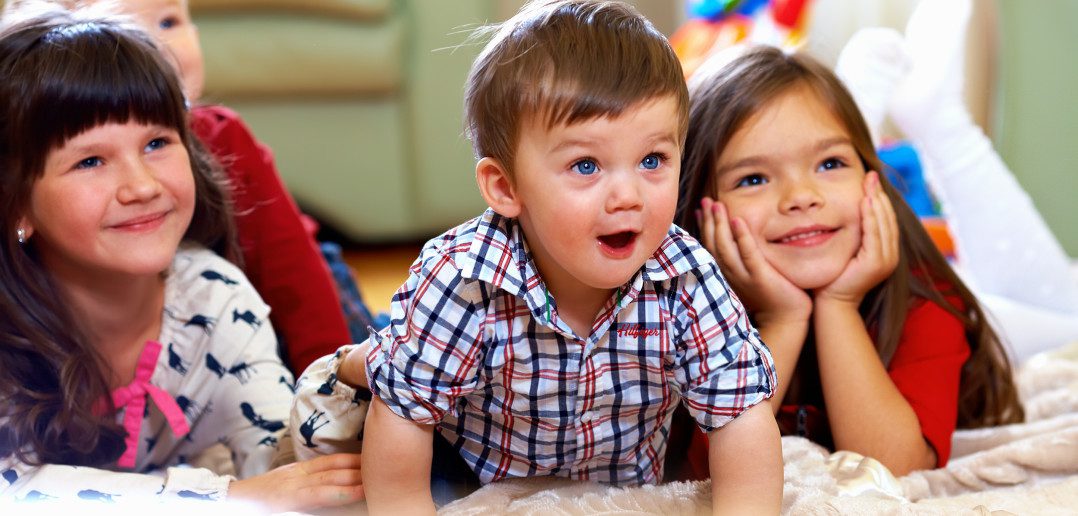Nicholas Walters is founder and CEO of Hopster, the TV, play and learning platform for kids aged 2-6.
MIPBlog: What’s the most innovative thing in kids entertainment right now in your opinion, and why?
Nicholas Walters: I like the ideas behind services behind Vine Kids and Popjam. Honestly – I think we’re not doing enough to innovate right now. The building blocks are all there: connected devices, open platforms, enhanced data, interesting tech like speech recognition and augmented reality. But do I think we’re really weaving those into compelling, innovative products? Not yet. That’s the challenge for the next few years. But the potential is there.
> Why does kids TV have such potential for innovation? Do kids have a different relationship with technology than adults?
Kids have no pre-conceptions, and they’re wonderfully open to experiment with new products that break down barriers. They don’t care whether something’s a TV show, a game, or an app – they just care if it’s cool. Also I think kids content owners deserve a round of applause for being willing to innovate – they’ve been far more open to experimentation than (say) the movie studios. Forward thinking kids content owners like DHX, eOne Family and Nelvana have been great supporters of Hopster from day one.
> What is your favourite kids IP right now, and why?
Other than Hopster? I think Minecraft is very special. That combination of being social, incredibly fun and hugely varied and repeatable is really, really hard to pull off – plus, it just looks really beautiful but in a completely unconventional way. Looked after properly, I think that could be a real evergreen IP. I also have a minor obsession with an Australian show called The Adventures of Figaro Pho – it started life as an independent animation project and is just so, so gorgeous and well made.
> How do you see the (near) future of kids entertainment?
TV is going to cease to be the only place where you can build a new kids brand. You’ll see more and more kids IP built on some combination of YouTube, SVOD platforms, and apps. As that happens content creation is going to get more « lean » – faster, cheaper, and more iterative. In the future, starting out by raising $5m dollars for a 26 ep season will be the exception, not the rule.
> As the landscape in children’s media evolves, what (in your opinion) are the implications for the audience?
The implication? That there’s no more « audience ». An audience is a spectator in an environment controlled by the entertainer. That’s not the paradigm any more. Kids and families are more engaged, more active, more powerful, and (rightly) more demanding. So the media industry has to stop thinking about audiences and ratings and start thinking about users. Done right, that’s a big change, but users will desert anyone who doesn’t manage it.
Nicholas Walters is one of our pre-MIPJunior 2015 kids entertainment ambassadors. These posts are coordinated by Debbie Macdonald, a children’s media consultant. She was formerly VP, programming director at Nickelodeon UK, having worked in acquisitions at the BBC. You can find her on LinkedIn here.
Top photo via Shutterstock – Olesia Bilkei




